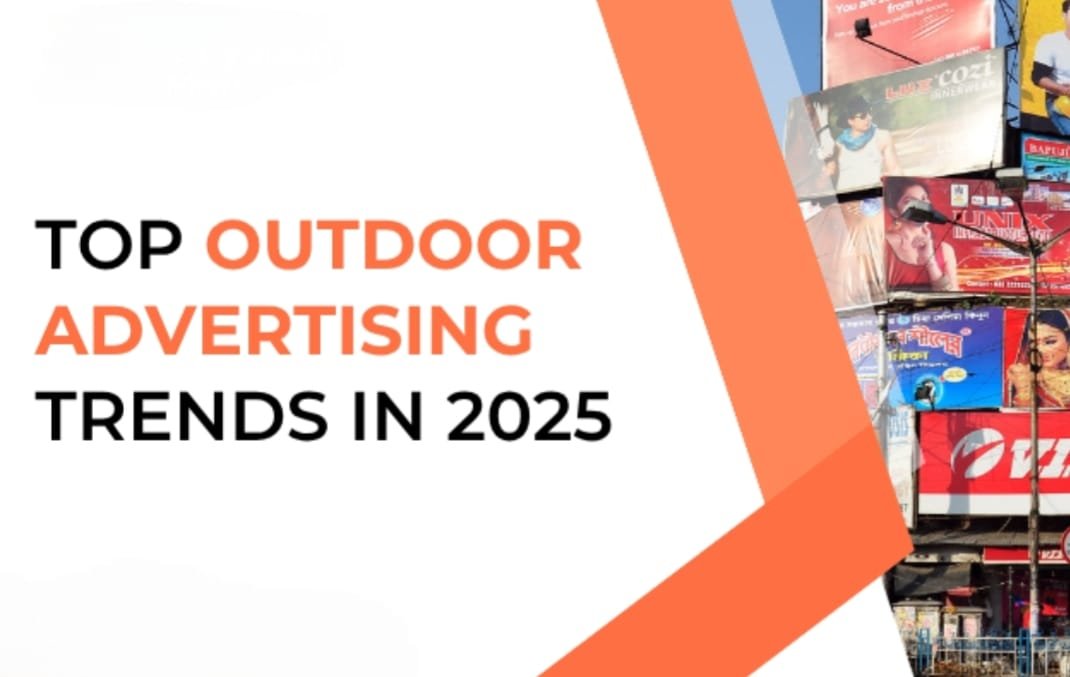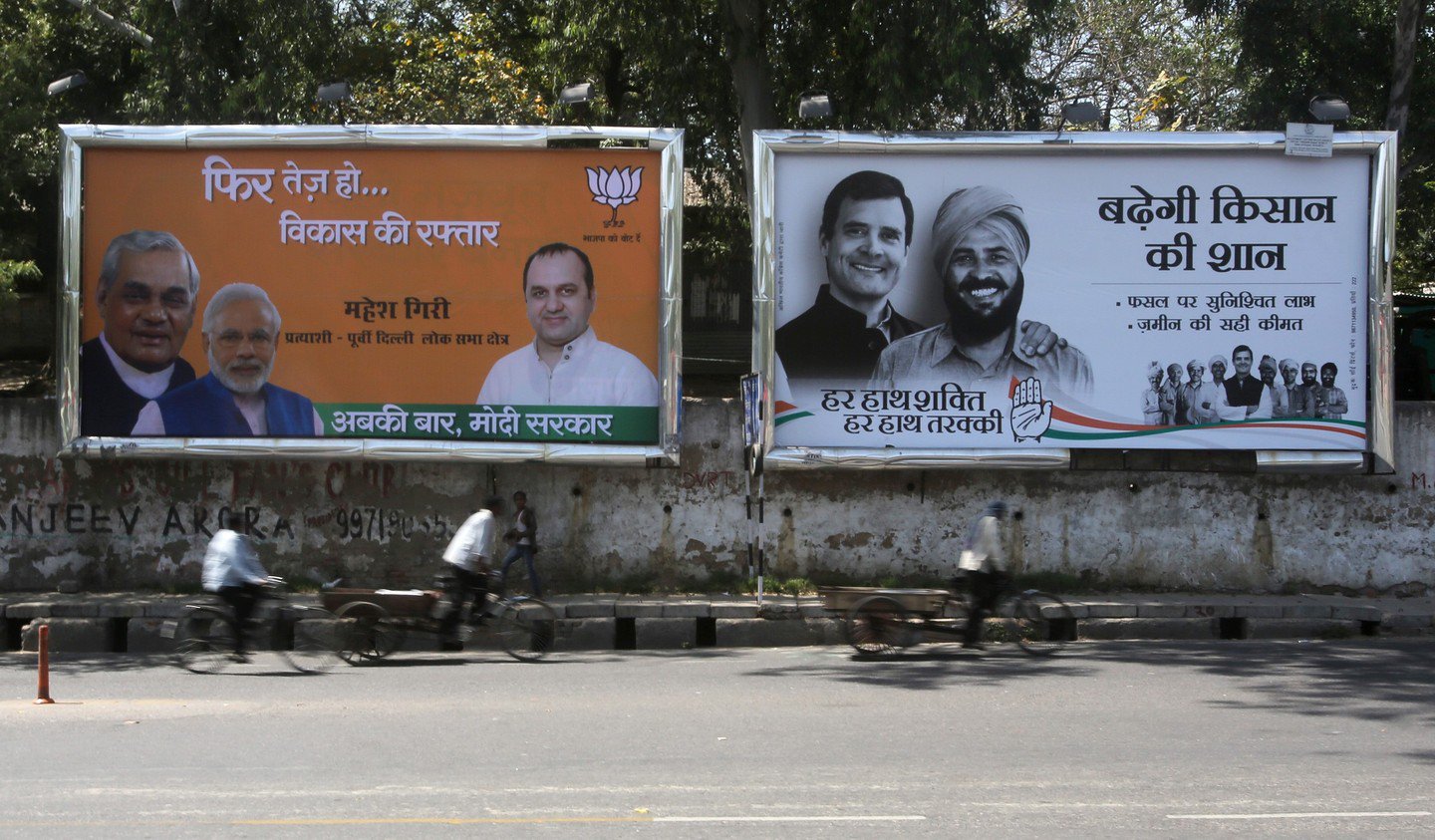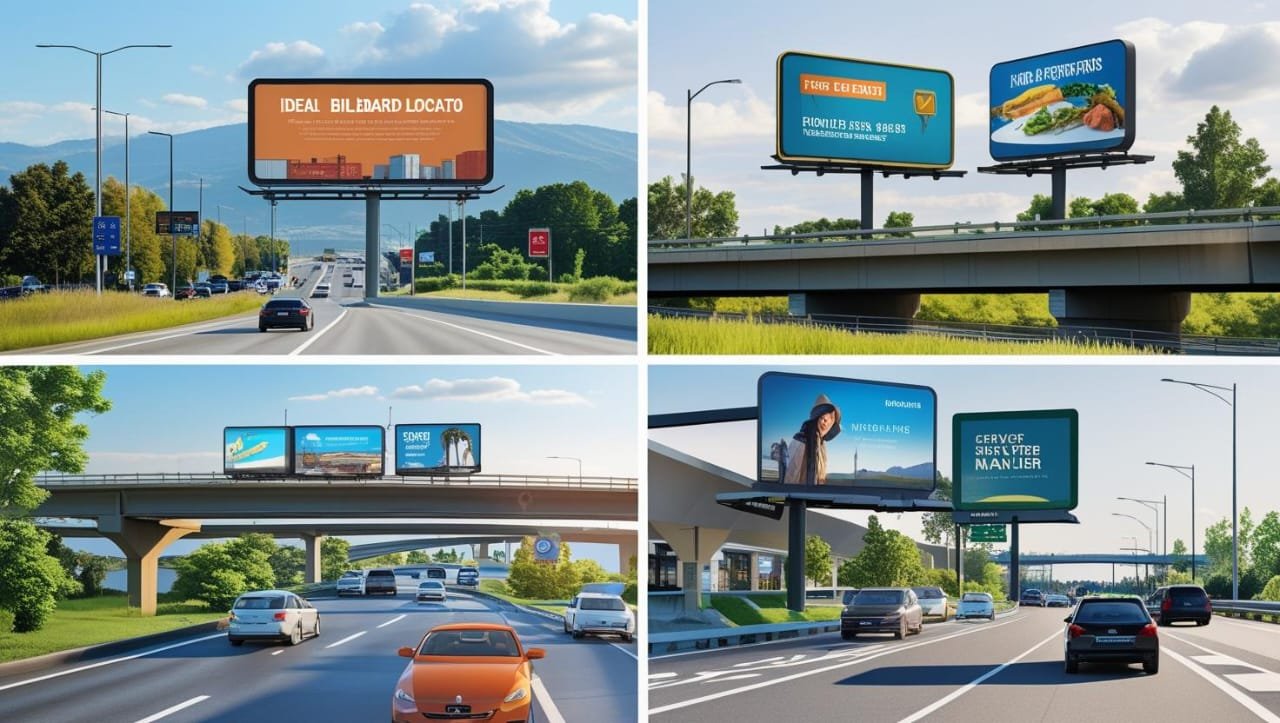Step onto a busy street in any big city today, and you’ll realize something—billboards aren’t just static posters anymore. They’re bright, they’re dynamic, and some even talk back. Outdoor advertising has evolved into an experience that blends technology, creativity, and psychology.
For decades, a hoarding was simply “space on the wall”—print it, paste it, and leave it. But in 2025, that’s history. Outdoor ads are now interactive, data-driven, eco-conscious, and a lot more localized. Brands are discovering that even in an era dominated by Instagram reels and YouTube ads, a giant billboard in the right place still has unmatched power.
So, what exactly is happening on the streets? Let’s break down the latest trends in outdoor advertising in 2025 and why they matter.

1. Digital Billboards That Think on Their Feet
LED billboards aren’t new, but in 2025 they’ve become far more intelligent. No longer just looping the same video, these screens now adapt in real time.
Imagine you’re stuck in traffic on a rainy Delhi evening. Suddenly, the digital billboard ahead switches to an umbrella ad or a Swiggy message saying, “Rainy evenings call for hot samosas.” On a blazing afternoon, the same board flashes a Coca-Cola ad with a cold bottle dripping in condensation.
This is programmatic outdoor advertising in action. Brands can buy ad slots dynamically—just like Google or Facebook ads—and run time-sensitive, weather-based, or even traffic-sensitive campaigns.
Example: In London, British Airways ran digital billboards that reacted whenever a plane flew overhead. The screen would show a child pointing up, along with flight details. The campaign was unforgettable because it used context, not just space.
That’s the future: not the loudest billboard, but the smartest one.
2. Eco-Friendly Hoardings Are the New Standard
The advertising industry knows it can’t ignore sustainability anymore. Billboards are massive, visible symbols—if they harm the planet, people notice. In 2025, brands are shifting towards greener practices:
- Solar-powered hoardings that run without grid electricity.
- Energy-efficient LED screens that consume far less power.
- Biodegradable printing sheets replacing harmful vinyl.
Some campaigns even double as environmental initiatives. For instance, in Manila, a brand once created a hoarding covered with living plants that absorbed pollution. Similar “green walls” are now slowly appearing in Indian metros too.
For audiences, this matters. A glowing eco-friendly hoarding doesn’t just sell a product; it signals responsibility.
3. Billboards That Play With You
Outdoor ads used to be passive—you looked, maybe remembered, maybe didn’t. But now, interactivity is the big game-changer.
AR-enabled hoardings let people scan with their phones and see an ad come alive. Voice-responsive hoardings in some Western cities answer back when you speak to them. Even motion sensors are being used: walk by, and the hoarding changes.
Example: Nike once ran an interactive billboard in Tokyo where passersby could design their own shoe on the screen. Not only did people stop and play, but they also shared it on social media. One hoarding became global content.
In 2025, this “play factor” is gold. When an ad entertains, people don’t just see it—they participate.
4. Data and AI Are Powering Outdoor Ads
Outdoor used to be a guessing game: put up a hoarding on a busy road and hope enough people see it. Now, it’s precise.
With mobile data and AI, advertisers can predict foot traffic, peak hours, and even what kind of people are likely to be in the area. Digital hoardings can run multiple creatives—one for morning office-goers, another for evening shoppers—without manual effort.
For example, a fitness brand might run ads outside metro stations at 7 am when gym-goers are heading out, and then switch to healthy meal ads by lunchtime in the same spot.
AI isn’t replacing creativity here—it’s supercharging it.
5. Hyperlocal Ads Make a Big Comeback
Outdoor advertising doesn’t always have to be massive. In fact, some of the most effective campaigns today are hyperlocal—targeted to specific neighbourhoods, cultures, and even languages.
A coaching institute might advertise only on the road near schools and colleges. A café might focus on hoardings near IT parks. A salon chain might run ads in residential pockets with catchy regional-language taglines.
This trend is especially visible in India, where local dialects and cultural references carry emotional weight. In 2025, a billboard that feels “like home” often works better than a glossy, generic ad.
6. Measuring Success Is Finally Possible
One of the oldest criticisms of outdoor ads has been: “How do you know it’s working?” Unlike clicks or likes, you can’t measure eyeballs on the road. But that’s changing fast.
Today’s billboards come with sensors, cameras, and tracking tools that measure dwell time (how long people look), impressions (footfall around the area), and sometimes even track conversions through mobile data.
For example, if a digital hoarding shows a food delivery ad and nearby phones soon open the app, brands can connect the dots.
This transparency has turned outdoor advertising from a “branding cost” into a measurable, performance-driven channel.
7. Safety and Regulations Are Tightening
With great size comes great responsibility. Recent hoarding accidents in Indian cities have forced stricter rules around size, structure, and placement. In 2025, brands can’t just put a giant board anywhere—it has to meet compliance.
And honestly, this has improved quality. Hoardings are now better designed, safer, and placed with thought instead of cluttering skylines. A well-regulated outdoor industry is good for both brands and citizens.
8. Creativity Still Rules the Game
For all the technology and data, here’s the truth: a boring ad is still boring. No LED, AR, or AI can save a dull idea.
Think of Amul’s iconic hoardings—simple, witty, static prints, yet still talked about decades later. Or Netflix, which often uses quirky, minimal billboards that spark curiosity without spelling everything out.
In 2025, creativity is still the heart of outdoor advertising. The format might change, but the power of a clever, relatable, or emotional idea remains timeless.
The Bigger Picture
Outdoor advertising in 2025 isn’t about replacing digital—it’s about blending with it. A hoarding you pass on the road might push you to scan a QR code, which takes you to an Instagram filter, which you then share with friends. Offline and online are merging into one journey.
What’s clear is that hoardings, billboards, and outdoor displays are not going away. In fact, they’re becoming smarter, greener, more interactive, and more measurable than ever before.
And perhaps that’s why, even in the digital-first age, outdoor ads still have unmatched charm. They’re part of our cities, our commutes, our skylines. They’re reminders that while we may scroll endlessly on our phones, we still live in a physical world—and in that world, a clever billboard can still make us stop, smile, and remember.



